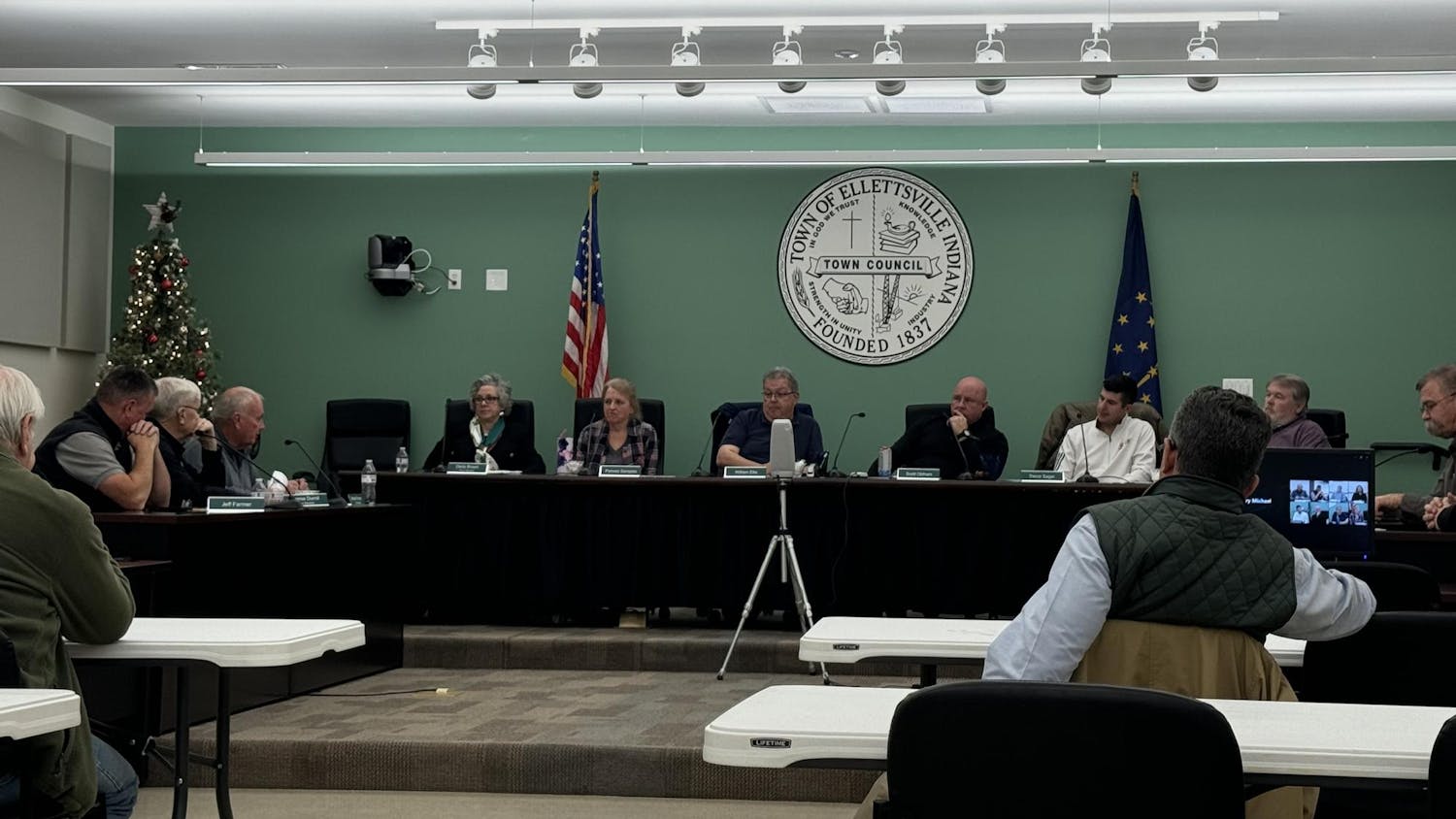On my way to class, though I’m only above ground for about 10 minutes, I pass at least five newsstands.
These sprawling kiosks stock and advertise every type of publication imaginable, from a standard daily paper to magazines about African politics to uncensored porn.
Each newsstand always seems to have several people waiting in line to buy their daily print fix. Even as the economy continues to steady itself, they’re still regularly buying their papers and magazines.
The Observatoire de la presse, a yearly analysis of the state of French print media and press, was published last week and showed the French media as a whole isn’t suffering terribly in terms of sales. The 86-page guide is covered in vivid charts, tables, graphs and percents showing trends in buying habits of every sector of the press imaginable.
There’s a page for national daily papers like Le Figaro and Le Parisien, two of the country’s favorite titles. But their popularity couldn’t protect paper sales, as daily papers saw a 3 percent sales drop from 2008 to 2009.
Then there are similar pages for women’s magazines, sports dailies, free newspapers and agricultural journals. All saw similarly sized drops in readership.
An article in Le Figaro found some titles like Elle magazine even experienced a growth in readership.
Overall, the French printed press saw just a 3 percent drop in readership. Not a great omen, but it looks like a miracle when compared to the U.S. statistics.
On March 15, the U.S. Project for Excellence in Journalism published the American version of the same report, State of the News Media 2010. This version was a little darker — U.S. papers saw a decrease of more than 10 percent in overall audience. Magazines didn’t fare much better.
So why are the French buying more papers? Turn on the TV.
The American version of the report noted a spike in cable news consumption in 2009. Fox and CNN both saw considerable increases in viewers.
American culture is firmly rooted in television, and the news is no exception. It’s nearly impossible to discuss the state of current events in the U.S. without tossing around commentary from at least one Fox anchor and a CNN headline blurb.
But in France, turn on the TV and you’ll find only a few types of news programs: your traditional “anchor-reading-headlines” format and metered, polite roundtable discussions. No screaming, finger-pointing or tea parties.
And you’ll never see the French obsessively cramming themselves into a 24-hour news cycle. The French tend to have a solid handle on the state of affairs in their country because, when the news has switched over to another dubbed episode of “How I Met Your Mother,” they pick up a paper if they want more.
Any chic parisienne is probably carrying at least a copy of Vogue at any given time, and that guy standing next to you on the metro in a spiffy black suit probably has a copy of Le Monde in his briefcase.
Paper or TV?
Get stories like this in your inbox
Subscribe



